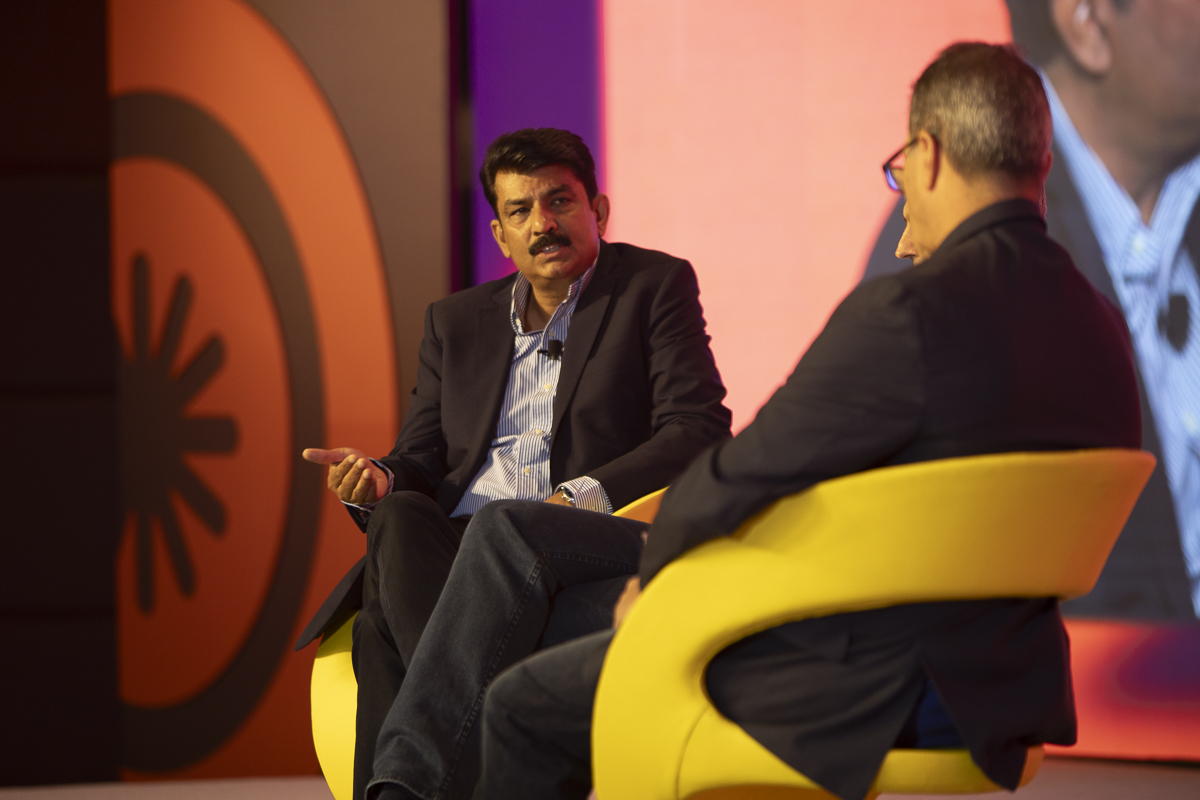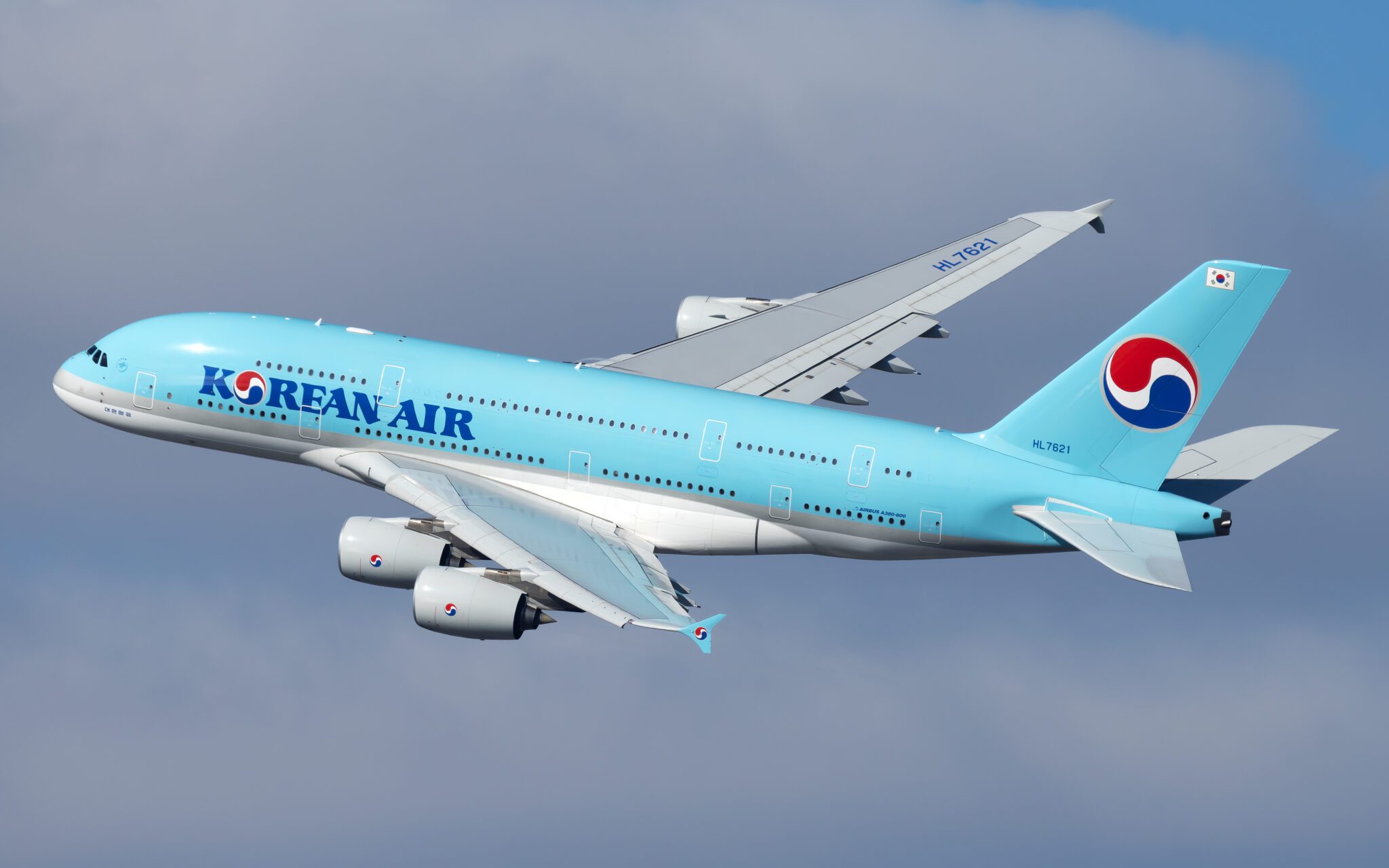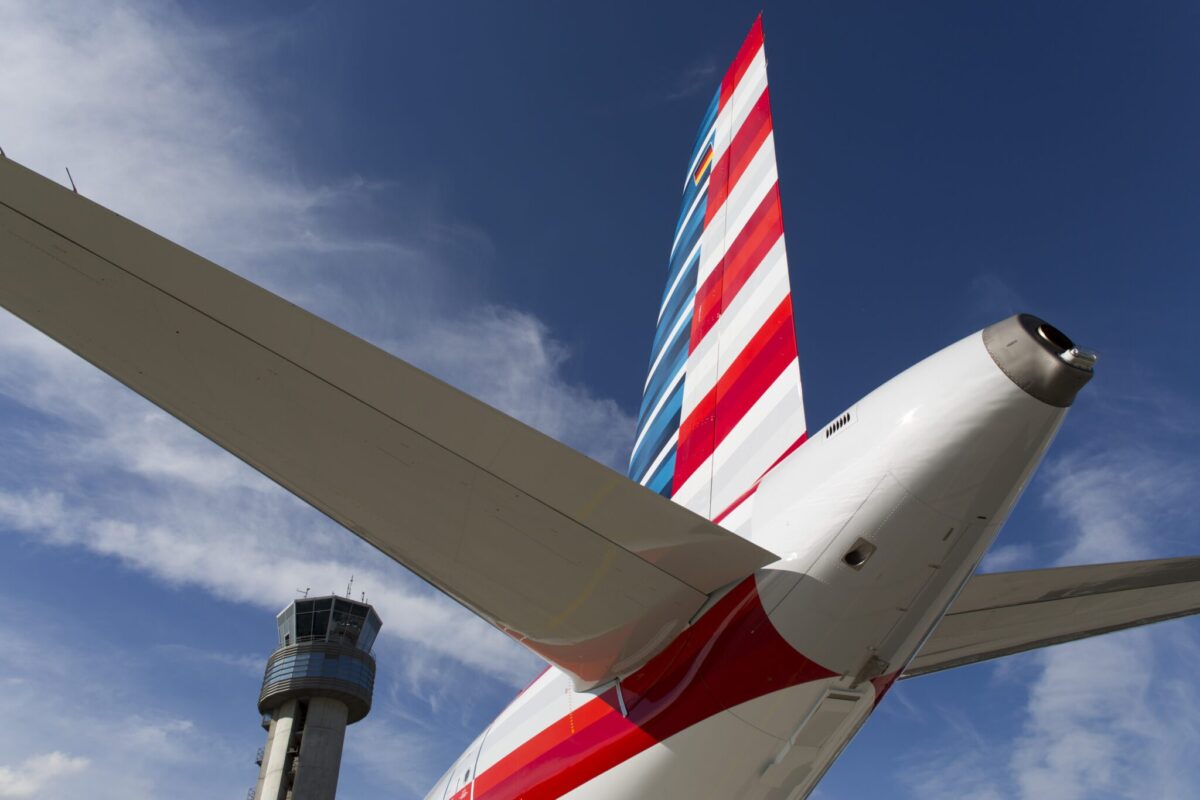Spirit Airlines Names Next CEO as It Tries to Fix Old Problems
Skift Take
When Spirit Airlines CEO Ben Baldanza left abruptly in January 2016, as the airline struggled with on-term performance woes and customer service issues, the carrier's public relations team tried to spin his departure like it had been planned all along.
That may have been true, but investors still were surprised, with Baldanza out one day, and the new CEO, Robert Fornaro, in almost the next. Spirit officials never said why Baldanza left, other than mentioning his family had moved to the Washington, D.C.-area.
For the next leadership change, Spirit is taking no chances with its messaging. On Wednesday, Spirit said its CFO, Ted Christie, will be named the airline's president on Jan. 1, and will become chief executive one year later, in January 2019.
Fornaro's stint will be short, but that's not a major surprise. He has had a long career in airlines, and was CEO of Air Tran Airways from 2007 to 2011, when he helped sell it to Southwest. He had been serving on Spirit's board when he was named to replace Baldanza. Many insiders always viewed him as a caretaker CEO.
News of the succession plan comes as Fornaro continues to fix some of the troubles Spirit developed under Baldanza. Under the famously combative Baldanza, Spirit's on-time performance was among the worst in the industry, and most months it received far more complaints than any other airline. It still gets the complaints — it received 3.84 complaints per 100,000 passengers in October, about two more than most airlines — but it was third in the nation for on-time arrival performance. Over the past year, though, Spirit's on-time performance continues to lag below its peers.
Still, it can be tricky to bring better service to an ultra-low-cost carrier. Under Christie — and using a playbook implemented by Baldanza a decade ago— Spirit has developed some of the industry's most impressive cost control, and the airline is reluctant to improve its operation where it might cost considerable money.
Management calculates customers want low fares over perks like extra seat pitch, free drinks, and complimentary carry-on luggage. Spirit charges for everything other than laptops bags, purses and backpacks.
In the third quarter, Spirit's cost per available seat mile, or CASM, an important metric showing how much it costs to fly one seat for one mile, was 7.59 cents. At Southwest, the predominant U.S low-cost carrier, that number was 11.36 cents, while at full-service American Airlines, it was was 13.20 cents.
However, management at Spirit has been willing to spend slightly more money on service under Baldanza. When Fornaro took over, he said he was surprised to learn many of Spirit's front-line workers had not received much customer service training. Last month, the company announced that many employees, including flight attendants, were receiving customer service training from a Walt Disney Co. subsidiary called the Disney Institute.
In an August interview, Fornaro told Skift improving customer service was a necessary investment. Under previous management, he said, the airline's brand suffered.
“We ran a very successful financial business, but we ran a very poor consumer business,” Fornaro said. “For the most part, you can only do that for a short period of time. We almost went out of our way to poke the customer in the eye. And once a business gets more competitive, you can’t do that anymore.”
Christie has been with Spirit since 2012, joining as senior vice president and CFO. Earlier this year, he became an executive vice president, handling marketing, pricing, revenue management, and scheduling, along with financial matters.




